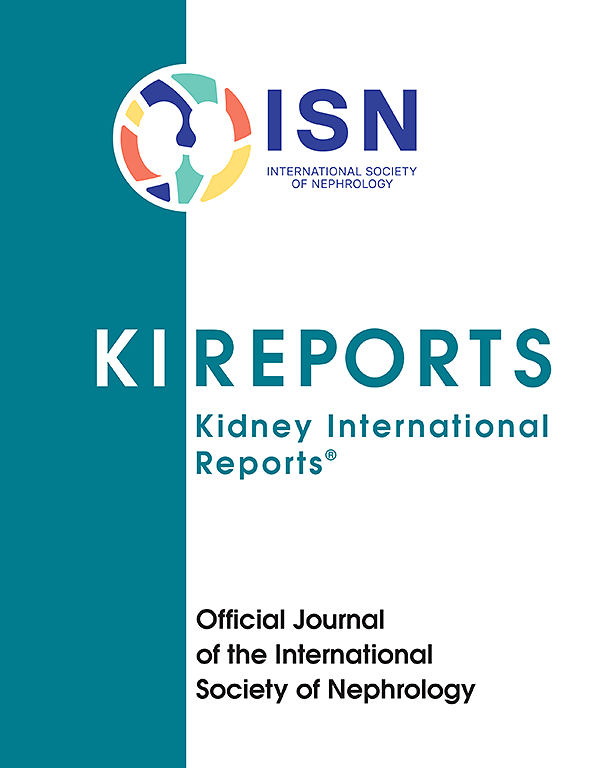Real-Life Data of 2-Year Lumasiran Use in the DAILY-LUMA Cohort
IF 5.7
2区 医学
Q1 UROLOGY & NEPHROLOGY
引用次数: 0
Abstract
Introduction
Lumasiran is a drug used in RNA-interference (RNAi) therapy for primary hyperoxaluria type 1 (PH1). Data on its efficacy and safety mainly come from industry-sponsored trials.
Methods
For postmarketing follow-up, French authorities requested a quasi-exhaustive retrospective and prospective study over 5 years for patients receiving lumasiran, requiring the inclusion of at least 90% of patients, named as the DAILY-LUMA cohort (NCT06225882). Here, we analyzed data from all patients who were not previously included in the industry-sponsored trials and had received lumasiran for at least 2 years.
Results
We included 38 patients, 22 from DAILY-A (i.e., estimated glomerular filtration rate (eGFR) > 45 ml/min per 1.73 m2, age ≥ 6 years), 6 from DAILY-B (i.e., eGFR > 45 ml/min per 1.73 m2, age < 6 years), and 10 from DAILY-C (i.e., all ages, eGFR < 45 ml/min per 1.73 m2, 6 on dialysis). In DAILY-A and DAILY-B, decreased urinary oxalate-to-creatinine (UOx/creat) ratio, stable eGFR, and decrease in both nephrocalcinosis severity and stone numbers were observed, with a progressive tapering of conservative therapies. The decreased proportion of patients with nocturnal hydration and G-tubes overtime likely reflects improved quality of life. With a low number of patients — 2 patients on peritoneal dialysis and 3 patients with infantile oxalosis — the results are less conclusive for DAILY-C; however, in older patients, change in plasma oxalate (POx) levels is similar to previously published data. Tolerance was good with no severe side effects; injection site reactions, abdominal pain, and headaches were the main adverse events.
Conclusion
DAILY-LUMA is the largest cohort of patients receiving lumasiran in real life, confirming its safety and efficacy at 2 years.

求助全文
约1分钟内获得全文
求助全文
来源期刊

Kidney International Reports
Medicine-Nephrology
CiteScore
7.70
自引率
3.30%
发文量
1578
审稿时长
8 weeks
期刊介绍:
Kidney International Reports, an official journal of the International Society of Nephrology, is a peer-reviewed, open access journal devoted to the publication of leading research and developments related to kidney disease. With the primary aim of contributing to improved care of patients with kidney disease, the journal will publish original clinical and select translational articles and educational content related to the pathogenesis, evaluation and management of acute and chronic kidney disease, end stage renal disease (including transplantation), acid-base, fluid and electrolyte disturbances and hypertension. Of particular interest are submissions related to clinical trials, epidemiology, systematic reviews (including meta-analyses) and outcomes research. The journal will also provide a platform for wider dissemination of national and regional guidelines as well as consensus meeting reports.
 求助内容:
求助内容: 应助结果提醒方式:
应助结果提醒方式:


